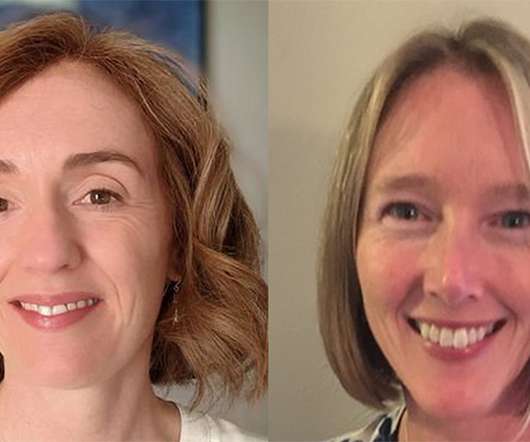The Power of Words, 16 Years Later
A Country Doctor Writes
MAY 18, 2025
The case for integration is obvious; 85% of the time the ten most common symptoms brought to the attention of primary care doctors (chest pain, dizziness, fatigue, back pain and so on) have no known somatic explanation – the cause for the symptom appears to be psychological. about the Patient-Centered Medical Home.












Let's personalize your content